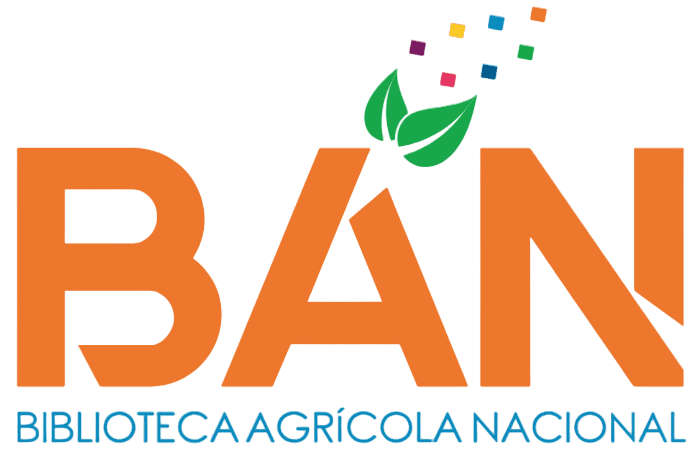Gestión de existencias en empresa retail de cosméticos y perfumes para incrementar la rotación de productos, España
Loading...
Código QR
Authors
Huamani Ortiz, Ashly Cristina
Contact Email
Abstract
El presente trabajo tiene como objetivo describir la metodología que se usó en un proyecto de optimización de la gestión de precios para una entidad de Guatemala que no contaba con un tarifario lo suficientemente granular que pueda maximizar la rentabilidad de sus créditos. La optimización de la gestión de precios de esta entidad inició ayudando a la empresa a construir la tasa mínima de sus productos para posteriormente definir una rentabilidad mínima deseada por tipo de operación; seguido de un proceso de clusterización que ayudó a establecer clusters de clientes con características parecidas y poder obtener la máxima disposición a pagar por cluster. Posteriormente, se construyó un tarifario mucho más granular con variables como antigüedad del cliente, cluster al que pertenece, niveles de riesgo, monto y plazo; finalmente, este tarifario se probó mediante la metodología experimental A/B testing obteniendo resultados favorecedores para la entidad como un aumento en sus ingresos financieros de 10.1% en el primer mes del experimento y una variación positiva de 8% en la conversión de sus créditos.
The purpose of this paper is to describe the methodology that has been used in a pricing optimization project for a Guatemala entity that did not have a granular rate sheet capable to maximize the profitability of its loans. The pricing optimization project of this entity started by helping the company to build the minimum rate for its products and the define a desired minimum profitability by type of operation; followed by a clustering process that helped to establish clusters with similar characteristics and to obtain the maximum willingness to pay per cluster. Subsequently, a much more granular rate sheet was built with variables such as customer seniority, cluster to which it belongs, risk levels, amount and term; finally, this rate sheet was tested using the experimental A/B testing methodology, obtaining favorable results for the entity such as an increase in its financial income of 10.1% in the first month of the experiment and a positive variation of 8.0% in the effectivity of its loans.
The purpose of this paper is to describe the methodology that has been used in a pricing optimization project for a Guatemala entity that did not have a granular rate sheet capable to maximize the profitability of its loans. The pricing optimization project of this entity started by helping the company to build the minimum rate for its products and the define a desired minimum profitability by type of operation; followed by a clustering process that helped to establish clusters with similar characteristics and to obtain the maximum willingness to pay per cluster. Subsequently, a much more granular rate sheet was built with variables such as customer seniority, cluster to which it belongs, risk levels, amount and term; finally, this rate sheet was tested using the experimental A/B testing methodology, obtaining favorable results for the entity such as an increase in its financial income of 10.1% in the first month of the experiment and a positive variation of 8.0% in the effectivity of its loans.
Description
Universidad Nacional Agraria La Molina. Facultad de Economía y Planificación.
Departamento Académico de Gestión Empresarial
Keywords
Gestión de precios
Citation
Date
2024
Collections
Seleccionar año de consulta:
Licencia de uso

Excepto si se señala otra cosa, la licencia del ítem se describe como info:eu-repo/semantics/openAccess

